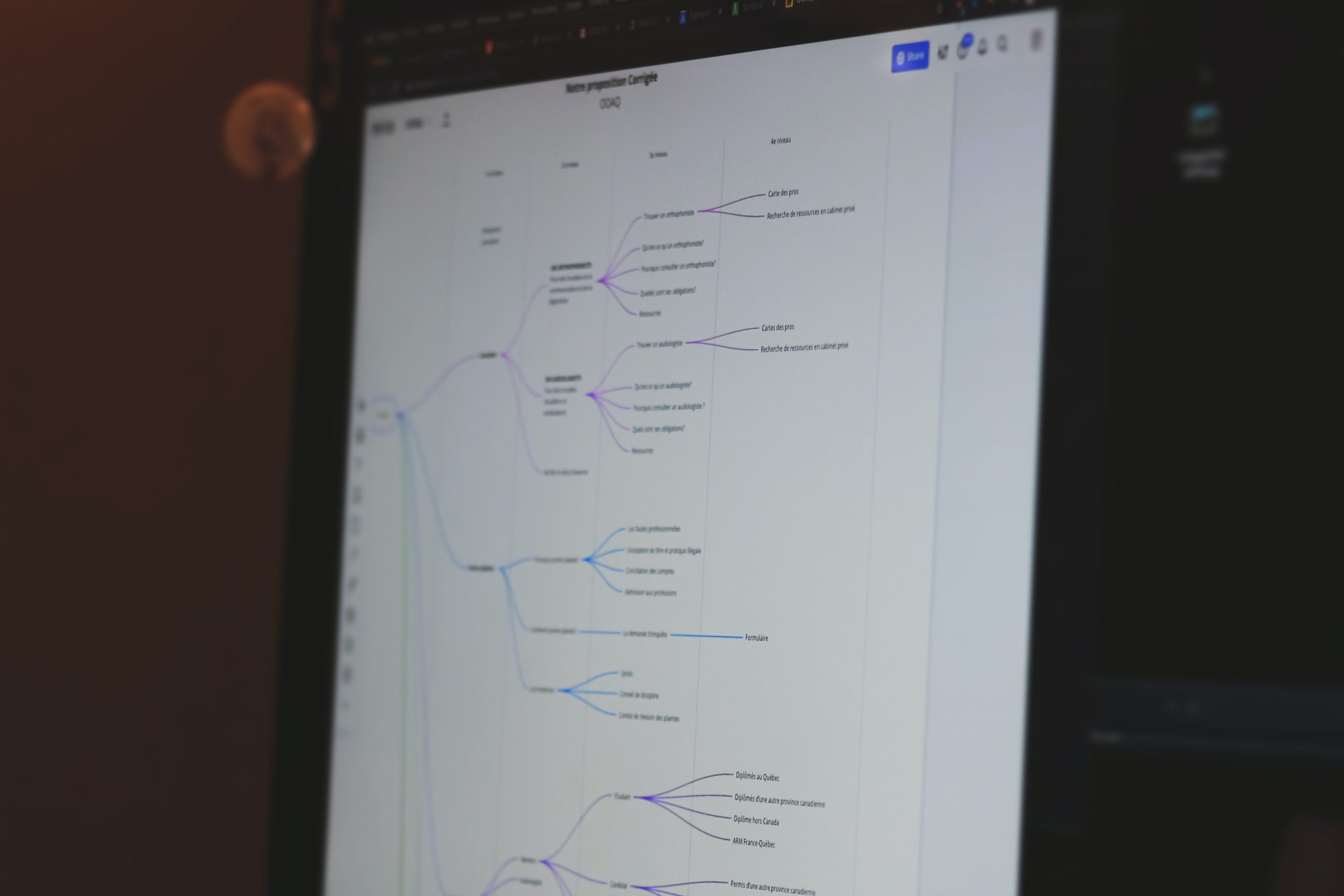The move from physical to digital was rapid in these few years. If you’re not part of the virtual world yet, then you’re definitely missing out. The virtual world has been the space for industries and markets of all types and gone were the days when cold hard cash and traditional memorabilia were everyone’s main assets. Digital assets have been dominating like crazy these past years and you have to keep up.
Sure you’ve heard of Bitcoin and other bigger cryptocurrencies in the crypto world. Well there is one digital asset that has been quietly gaining popularity for its effect not only to specific tech specific industries but for covering the gaming industry, the art industry, and even the real estate industry. These are NFTs which have caught significant attention after several artists sold digital artworks for millions of dollars (we’re talking about the sale of Everydays: The First 5000 Days’ at $69 million, being the third-biggest payday for a living artist in history).
NFTs which stands for Non-Fungible Tokens are blockchain-enabled smart contracts otherwise known as tokens. It follows the same decentralized digital ledger technology that underlies cryptocurrencies like bitcoin but is fairly different because of its non-fungibility. Fungibility means the ability of a good or asset to be interchanged with other individual goods or assets of the same type of fungible tokens, like Bitcoin cannot be identified from each other. Fungible assets simplify the exchange and trade processes, as fungibility implies equal value between the assets. Therefore, NFTs are the opposite. They are basically a unique kind of token that are not interchangeable and definitely different from one another. The unique attributes of the token makes it impossible for them to be replaced or even exchanged. This doesn’t mean that the subject of the NFT cannot be reproduced or replaced. Rather, it means that the NFT itself cannot be replicated. In some ways this is like a certificate of authenticity for a certain item, say digital art, or a virtual estate, a digital asset now ascribed with value. And although everyone can technically access it due to the immutable and open source nature of blockchain, everyone knows who the owner is because of the NFT code attached to it.
According to this Forbes article, the trade has become the new method for digitally buying and selling art and other media. These crypto assets represent the latest blockchain-based boom: Three years ago, the entire NFT market was worth no more than $42 million. By the end of 2020, it had grown 705% to $338 million in value, according to the latest estimate from Nonfungible.com, which monitors the NFT marketplace. NFTs have become the trend to gain ownership for the internet and its elements. Trading assets have proven to be what made almost all industry run fluid for years now.
NFTs are generally used in different markets involving art of most forms (videos, music, digital art), collectibles like CryptoKitties, gaming, virtual assets (selling virtual plots of land), and identity. And in trading virtual assets, same as the traditional ones, exists the rising worries of regulators, hackers, and other safety concerns. Cryptocurrencies have long dominated the virtual currency space, but not quite for long.
There is a relatively new movement where crypto entrepreneurs can recreate traditional financial instruments in a decentralized architecture, outside of companies’ and governments’ control.DeFi or Decentralized Finance is an umbrella term referring to a host of new tools and services in the blockchain space, which aim to recreate traditional financial instruments in a decentralized manner. DeFi comprises tools that allow users to lend/borrow, exchange and swap crypto assets securely, without having to trust other parties that would normally be involved.
Like all assets and investments, every entrepreneur has safety and privacy concerns. The virtual word, the internet as a whole, is full of loopholes and a blackhole of security concern. And by NFTs, we are talking about real currency and investment here. Thus, the need for insurance for the trade and bids NFT buyer and sellers get into. There are several DeFi insurance offered by tech companies to ensure the safety of the NFT trade industry, and all markets using DeFi. Many smart contracts in existence today, especially DeFi-based contracts, are valuing storing contracts that could be vulnerable to manipulation
While insurance is not commonly mentioned throughout the DeFi community, it is one sector that has a massive potential to provide investor protection and confidence. One of the biggest instances of a hacked value storing contract was the DAO hack in 2016. Countless instances of crypto investors mishandling their private keys and numerous exchange hacks, ultimately resulting in the loss of billions in investor capital. There are several Defi insurance in the market today like Etherisc, CDx, and Nexus Mutual.
While NFTs are selling for millions of dollars everyday, tech hunters are surely finding ways to get through the loopholes and crack the code. Security with investments, especially those floating in the virtual space shall be insured. Looking at the trend, as NFTs, DeFi, and cryptocurrencies perpetuate to dominate most markets, so shall security and insurance be a necessity.
Contact us at https://www.trueinteraction.com/contact/


